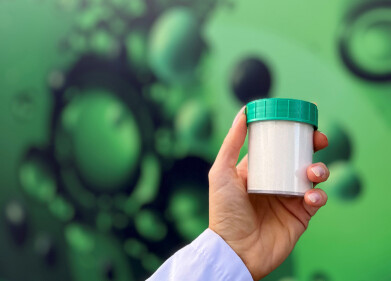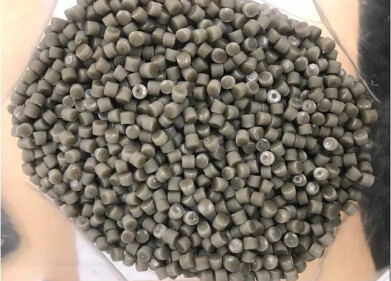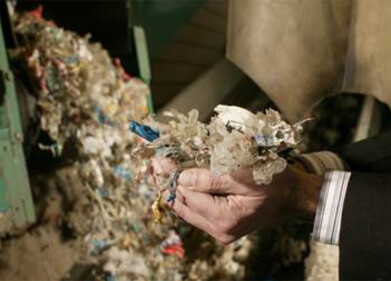Waste Management
How Have Microplastics Reached the Top of Everest?
Dec 17 2020
A team of researchers from the UK have found evidence of microplastics at the top of Mount Everest, the highest point on Earth. The discovery means that microplastics have now reached both the highest and the deepest regions of the world, with the substance previously having been discovered at the Mariana Trench in the Pacific Ocean.
It’s thought that the microplastics were released into the environment through the clothing and hiking gear that intrepid explorers intent on conquering the mountain inadvertently bring with them. Most of the plastics found in the samples taken by the research team were synthetic fibres such as acrylic and polyester, though even opening a plastic bottle of water can release the harmful substance into the environment.
An alarming expedition
The research expedition was conducted by a team of scientists from the University of Plymouth in the UK, who went to Nepal to gather their findings. They collected a total of 19 samples: eight 900mm samples of stream water from riverways on the mountain and 11 300mm samples of snow from different locations on its incline.
After analysing the samples back in the laboratory, they found that there were traces of microplastics present in all 11 of the snow samples and three of the stream water samples. “Even though the research on Mount Everest was really exciting and getting the samples was incredible, you are secretly hoping not to find any because you want the environment to be pristine,” explained Imogen Napper, lead author on the research.
The most heavily contaminated samples were, unsurprisingly, found at Base Camp, where the majority of human activity on the mountain is found, with 79 particles per litre. The highest point at which microplastics were discovered was a staggering 8,440 metres above sea level, just 408 metres below the summit. Here, the concentrations of microplastics were 12 per litre.
Proactive action required
While the full extent of harm that microplastics can cause is not yet understood, it’s believed that they can bring about serious disruption to ecosystems across the globe, especially in underwater environments. Small fish and other marine organisms can mistake them for food and ingest them, damaging their internal organs and leading to illness and death.
As a result, it’s vital that the world changes its habits with regard to the consumption and disposal of plastic. Although many items are discarded after a single use – often only actually serving their purpose for a matter of minutes or even less – they can persist in the atmosphere for a long time, potentially wreaking a huge amount of damage on the natural world.
With that in mind, the scientific community has been searching for ways to clean up the ever-increasing problem of plastic pollution, with the combination of forensic science and artificial intelligence one of the more avant-garde methods of tackling the waste. However, prevention is always better than the cure, which is why the human race must work hard to alter its habits so as to prevent plastic from entering the environment in the first place.
Events
Nov 26 2024 Paris, France
Nov 27 2024 Istanbul, Turkey
H2O Accadueo International Water Exhibition
Nov 27 2024 Bari, Italy
Biogas Convention & Trade Fair 2024
Nov 27 2024 Hanover, Germany
Dec 11 2024 Shanghai, China





-as-feedstock.jpg)








